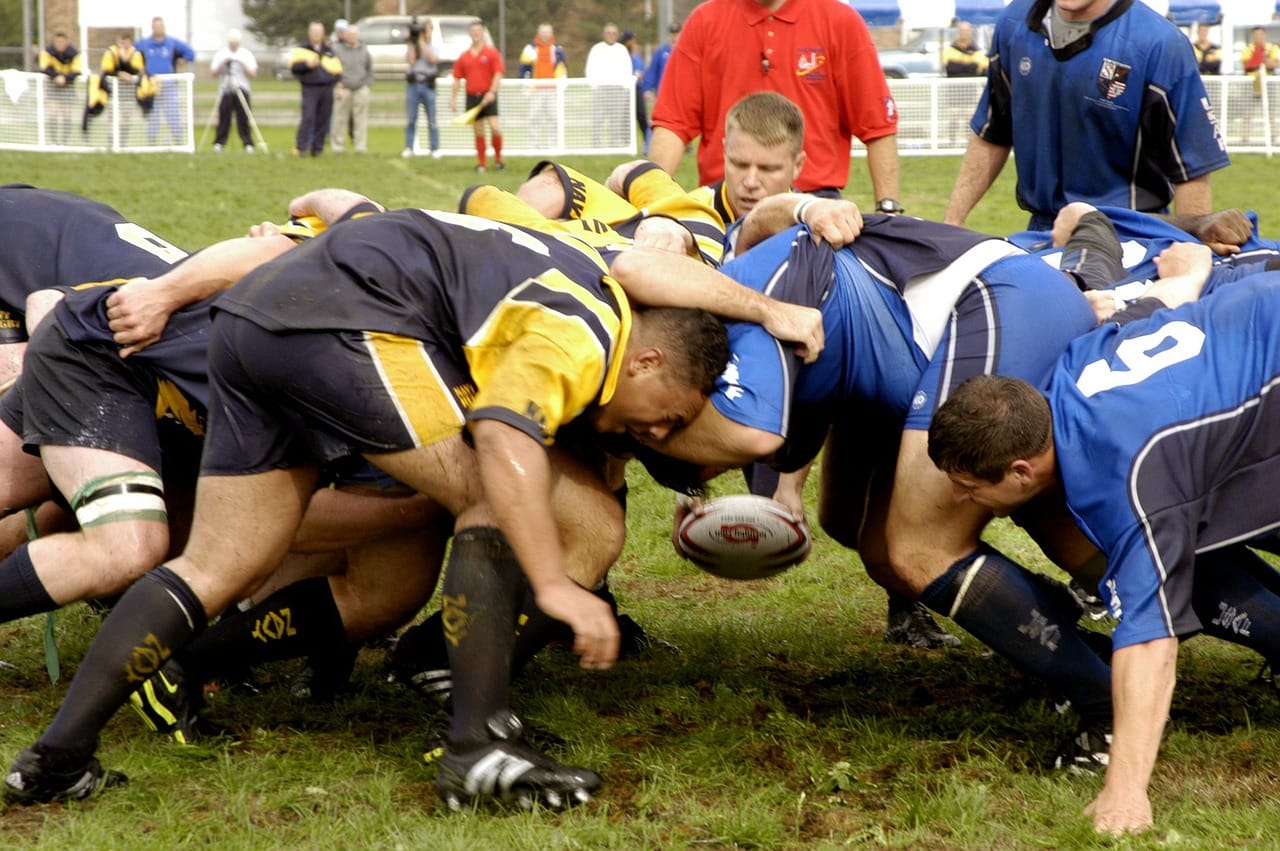
Concussion is a concern in any contact sport, and yet there are some physical activities that put players at greater risk of suffering head traumas than others.
Knowing the concussion issues associated with popular sports is better than burying your head in the sand, so here is an overview of the most problematic pastimes from this perspective.
Rugby
The British sport is a favorite in many parts of the globe and is arguably as physical as American football without requiring the use of anywhere near as much protective gear.
The result is that studies have found rugby players to be at the greatest risk of concussions, specifically in live match play. Injuries of this sort in training are far less common, but still a concern. So testing for concussion after clashes is worthwhile.
American Football
Despite the use of helmets and other equipment intended to shield players from harm, American football is second only to rugby in terms of the chances of concussions occurring on the field of play.
This topic is a contentious one in the world of this sport, with former players arguing that the permanent brain damage they received in the line of duty was not a concern in the past.
Obviously, it is professionals who experience a greater proportion of concussions when playing football, but amateurs should also be aware of the risks.
Ice hockey
While the days in which ice hockey games would regularly descend into all-out brawls between players may be in the past, it remains a relatively troubling sport when the likelihood of concussions are taken into account.
A combination of the physicality of ice hockey and the use of sticks and pucks puts players in the line of fire more often than not.
Improvements in equipment, training and tactics have helped to limit the danger of concussion, but not remove it completely.
Football
It may be surprising to find that soccer is not higher on this list, as it is the only sport covered so far which actively encourages players to interact with the ball using their heads. And heading the ball can contribute to longer-term health dilemmas for professional players.
While it is a contact sport, soccer is not as physical as its contemporaries, and players can choose not to head the ball if they are concerned about becoming concussed.
This is particularly relevant for amateurs, who may be participating for fun rather than with a view to winning every game no matter the cost.
Discussing the gender & age differences
Another finding of the study into concussion in sports referenced earlier is that there are actually differences in the occurrences of head injuries depending on whether you are looking at men’s or women’s iterations of specific activities.
For example, women’s ice hockey is riskier than men’s ice hockey, whether during match play or in practice sessions.
The same goes for female soccer, so keep this in mind depending on the kind of teams and leagues you are involved with.
Age is also a factor, in part because younger people tend to play a wider variety of sports during their childhood than adults.
Rugby, ice hockey and American football all retain their top 3 places when examining under-18s, but lacrosse comes in at fourth place.
Likewise, the top ten is rounded out by the likes of wrestling, basketball, softball, baseball, volleyball and even cheerleading.
Whatever your age or gender, you need to go in with your eyes open when it comes to concussion stats.
Stay safe, use the recommended gear and stick to the rules, while seeking treatment if head injuries do occur.
